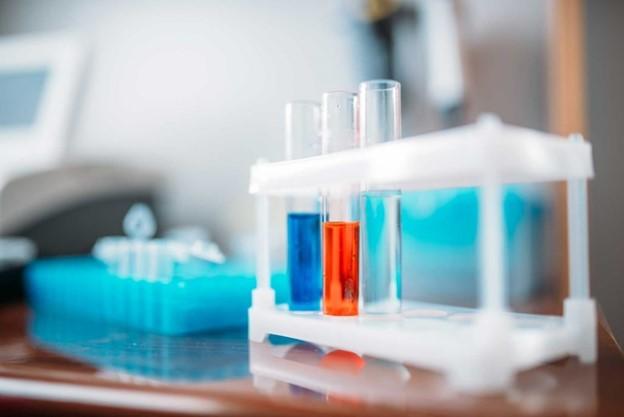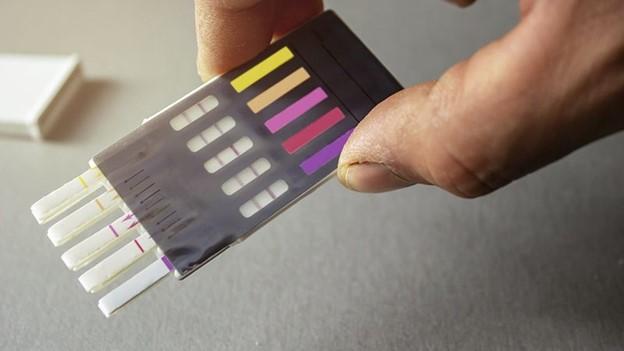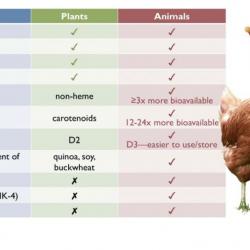Four Types of Nationwide Drug And Alcohol Testing

Have you ever been tested for drugs and alcohol abuse? These tests are commonly used by law enforcement, employers, and criminal justice experts to detect the presence of illegal substances in individuals.
There’s a variety of testing methods for obtaining accurate results, such as urine, hair follicle, oral fluid, and breath alcohol testing. All methods differ in the detection window, convenience, and invasiveness of the procedure. In the case of urine and oral fluid testing, a second test is indispensable for confirming positive results.
There are numerous screening companies, such as the nationwide drug and alcohol testing association, providing pre-employment and employment testing services to employers.
These are the four most common types of drug and alcohol testing.
Urine testing
The urine test is the most frequently used type of drug and alcohol screening, known for its high accuracy and non-invasive character. It screens the urine of individuals for the presence of illegal substances such as marihuana, cocaine, barbiturates, amphetamines, methadone, methamphetamines, and opioids, as well as alcohol.
Additionally, the urine test is designed to inspect the presence of drug residues, otherwise known as metabolites. These are present in the urine of people even after a certain period of using illegal substances. Consequently, positive test results might indicate a person used drugs weeks before the test, not on the day of testing.
As far as test types are concerned, urine drug screens are of two types, either the immunoassay or the gas chromatography /mass spectrometry (GC/MS). The former provides fast results, but it doesn’t test for the presence of opioids. Also, it’s common for the immunoassay to provide a false positive, referring to positive results without any use of drugs.
In the event of a positive immunoassay test, individuals are subjected to gas chromatography to confirm the positive results. This type of screening provides results after a longer time period but it’s considered more credible.

Nanograms per milliliter are used to express the results but not all tests show these measurements. For instance, the instant screens use a variety of colors to show the presence of different illegal substances without showing any information about the amount. Click here to gain insight into the most commonly used drugs.
Hair testing
The hair follicle drug test is another commonly used type of drug and alcohol screening, indicating the abuse of illegal substances for as long as ninety days. Consequently, individuals are incapable of avoiding positive results by abstaining from drugs or alcohol for a few days before getting tested. Hair testing provides comprehensive results, indicating not only if the person has used illegal substances but also the exact time and period of using them.
In addition, the hair follicle drug test inspects the presence of ecstasy, marihuana, cocaine, PCP, amphetamine, methamphetamine, opioids, etc. While urine testing is designed to detect substance usage during the last couple of days, hair testing detects substance abuse in the course of the last ninety days.
In order for the test to be performed, the collector has to take a hair sample of at least 100 hairs from the crown while trying to avoid the creation of a bald patch. In the event of an insufficient amount of hair on the head, collectors take a sample of body hair. The results can be positive, negative, or inconclusive.
For instance, the ELISA test is used to screen hair samples for negative use of illicit substances. In case the results turn out positive, individuals are required to undergo a second GC/MS test to confirm the positive results. Inconclusive results might occur when collectors fail to follow the testing procedure as required. Unless the hair sample is taken properly, the laboratory will refuse to analyze the specimen. Follow this link, https://www.medicalnewstoday.com/articles/325013#during-the-test, to learn about the procedure, accuracy, and cost of hair follicle testing.
Oral fluid screening
Oral fluid testing is also known under the name mouth swab and saliva testing, being one of the least expensive and most convenient types of drug and alcohol screening. It’s unquestionably the least invasive screening procedure, during which the tester uses a collection stick to take a sample from the inside of one’s cheeks. Afterward, the samples are sent to a laboratory for analysis. Individuals are only required to refrain from eating and drinking approximately ten minutes before the procedure.
Furthermore, oral fluid tests are capable of detecting cannabis, alcohol, amphetamines, methamphetamine, opioids, barbiturates, phencyclidine, and benzodiazepines. These substances can be tested separately or in a combination, depending on the preferences of the person ordering the procedure.
In terms of detection time, the results vary in accordance with the substances subjected to screening, the test’s sensitivity, and the frequency of using a particular substance. The average detection time is between five and forty-eight hours after consuming drugs or alcohol. The results from oral fluid screens are usually provided within twenty-four hours, referring to those taken to a laboratory. In contrast, the screening kits performed at home take no longer than a couple of minutes to show results.
Breath alcohol testing
When it comes to alcohol testing, breath alcohol tests are the most common form of detecting the presence of alcohol in one’s blood. Nevertheless, these provide momentary intoxication results instead of previous use. In order for the screening procedure to be completed, a person is required to blow air into a breathalyzer. It measures the alcohol amount in one’s blood by measuring the amount of alcohol in the air the person exhales first.
Nowadays, police officers use electronic devices for measuring blood alcohol content (BAC) in drivers. These breathalyzers provide immediate results, no longer than a minute after a person blows into the mouthpiece.
Regarding accuracy, breath alcohol tests aren’t always accurate since many factors affect the results. For instance, consuming alcohol fifteen minutes prior to getting tested isn’t likely to show accurate results, as alcohol isn’t completely broken down yet.
Final word
Employers need to conduct regular screening to ensure better productiveness in the workplace!
More to Read:
Previous Posts:







